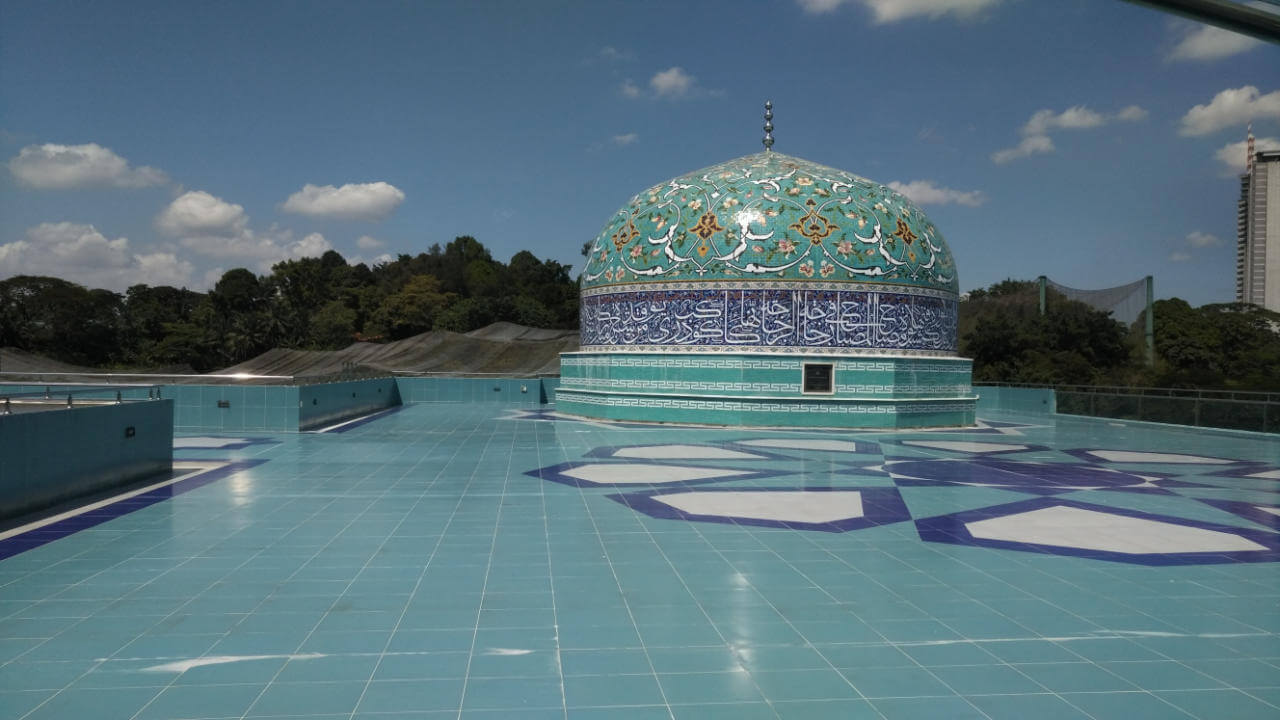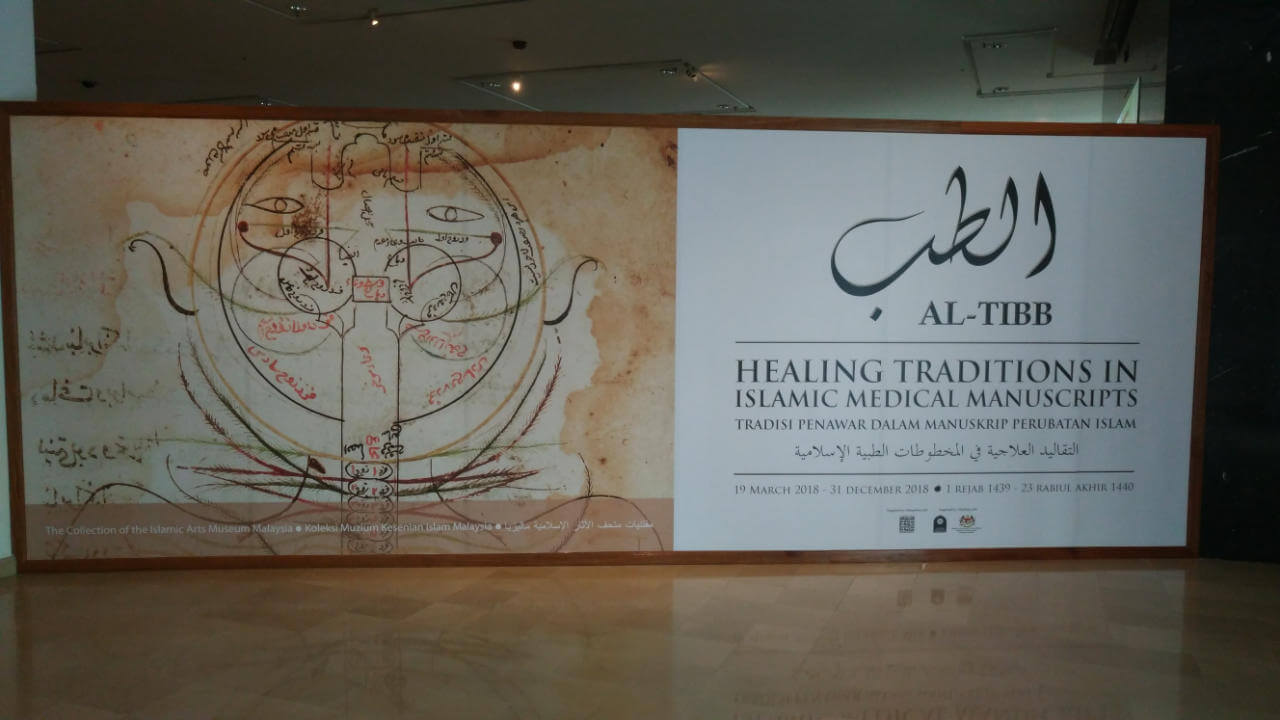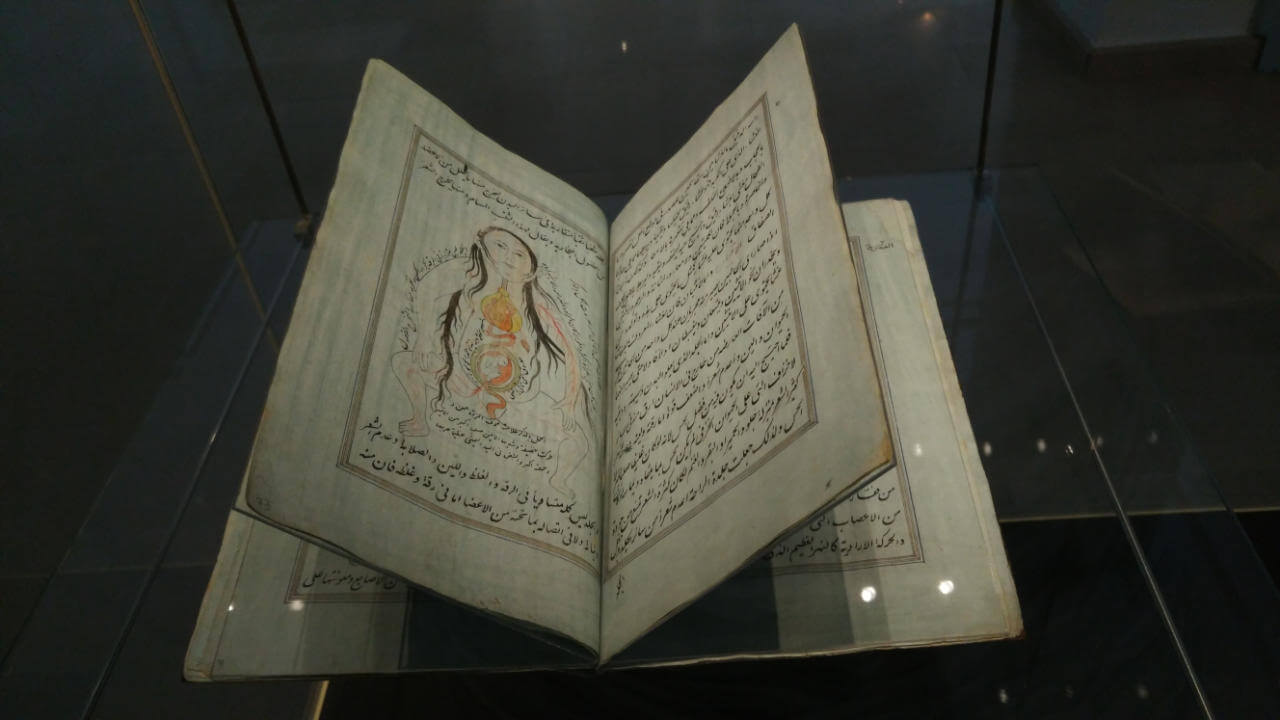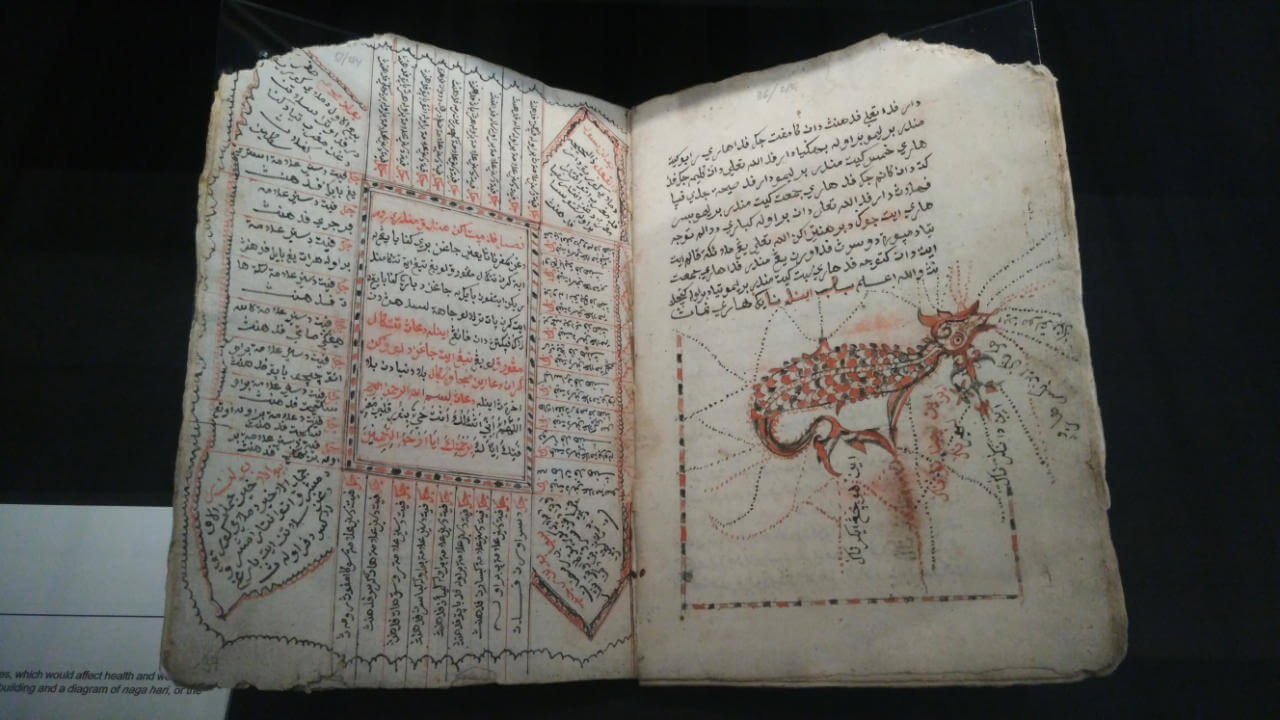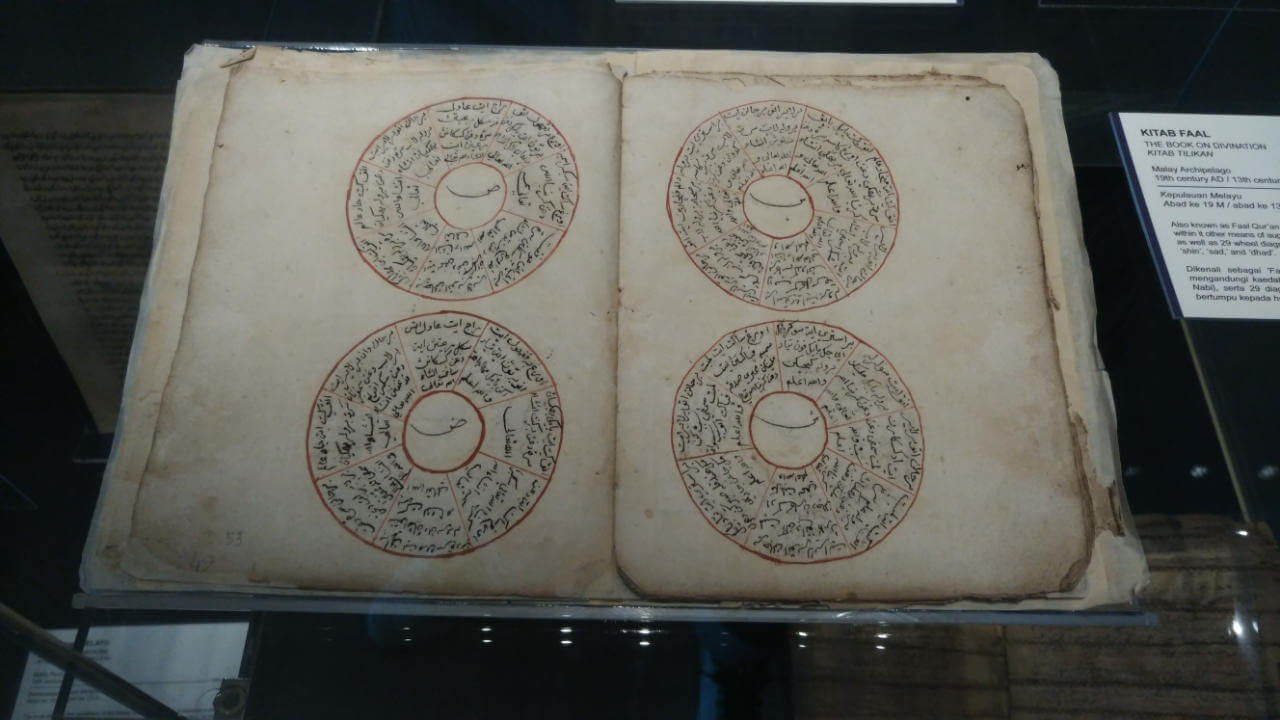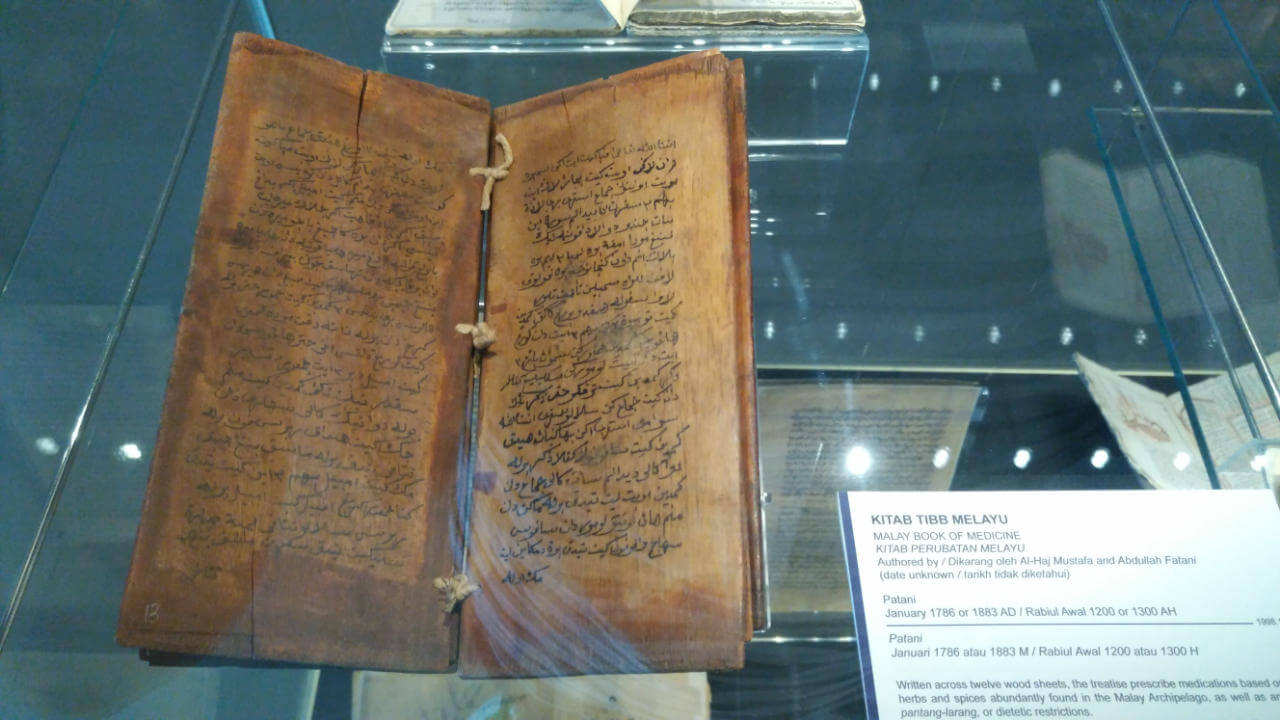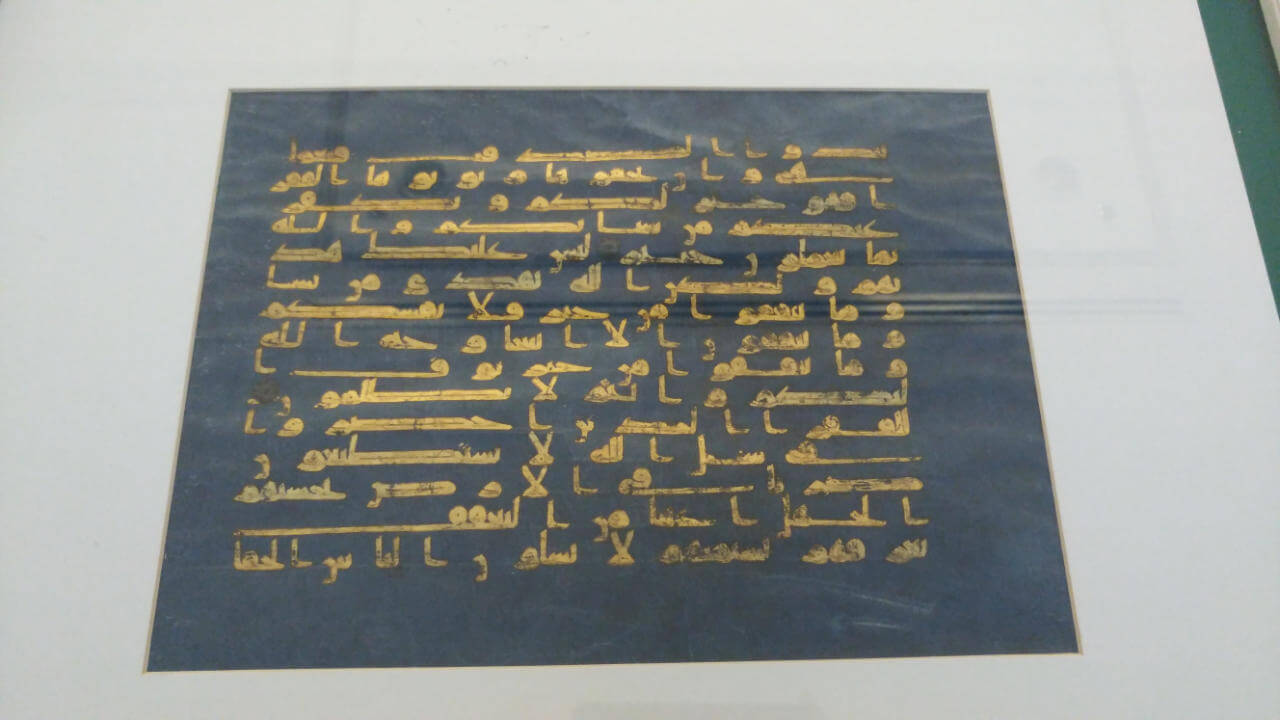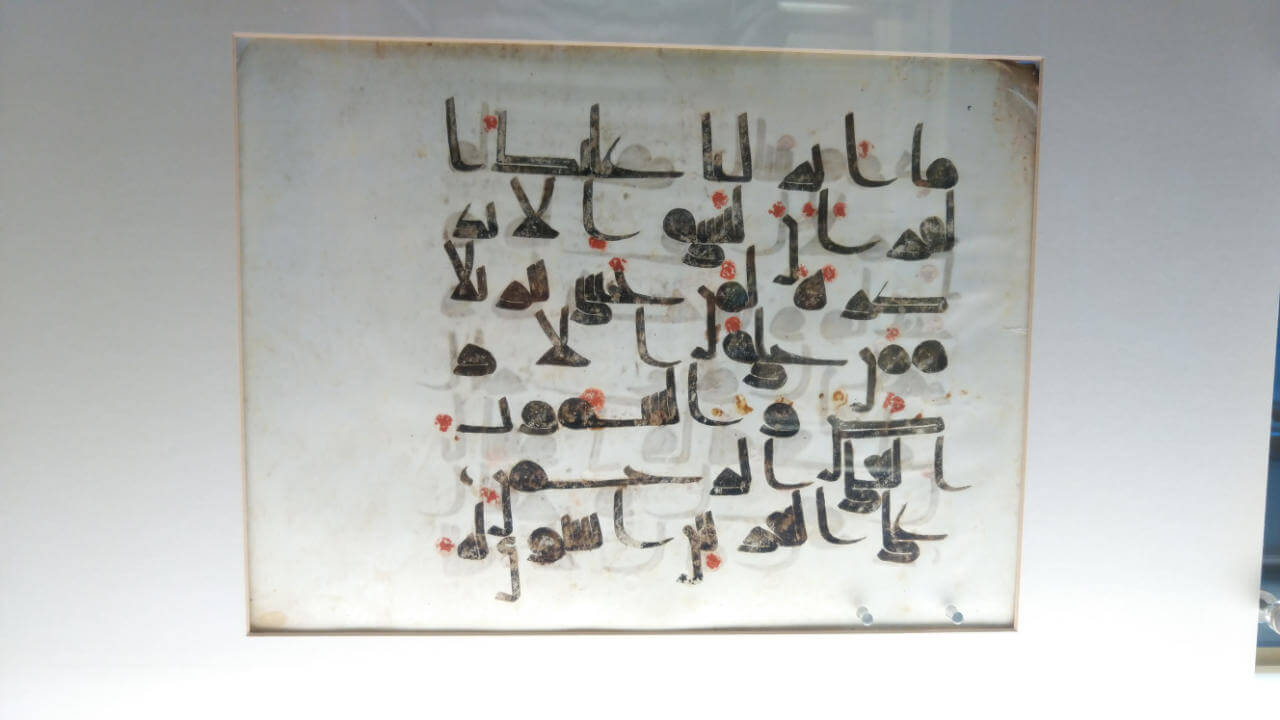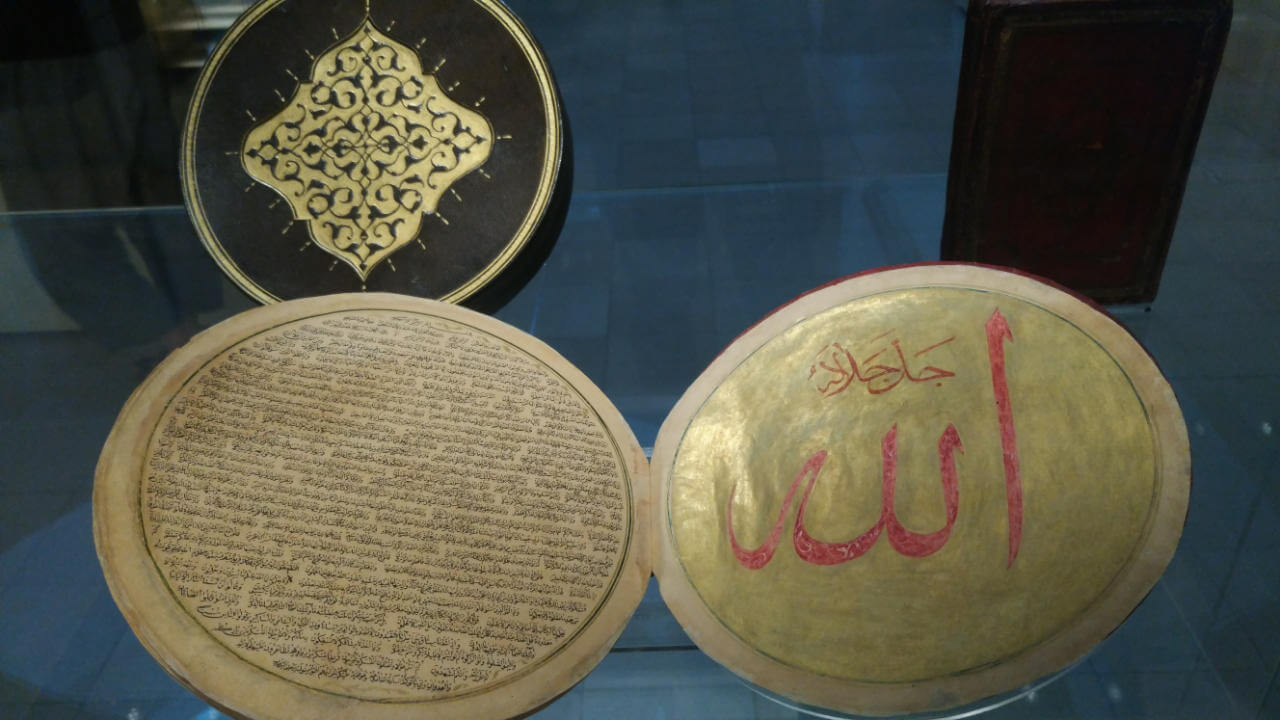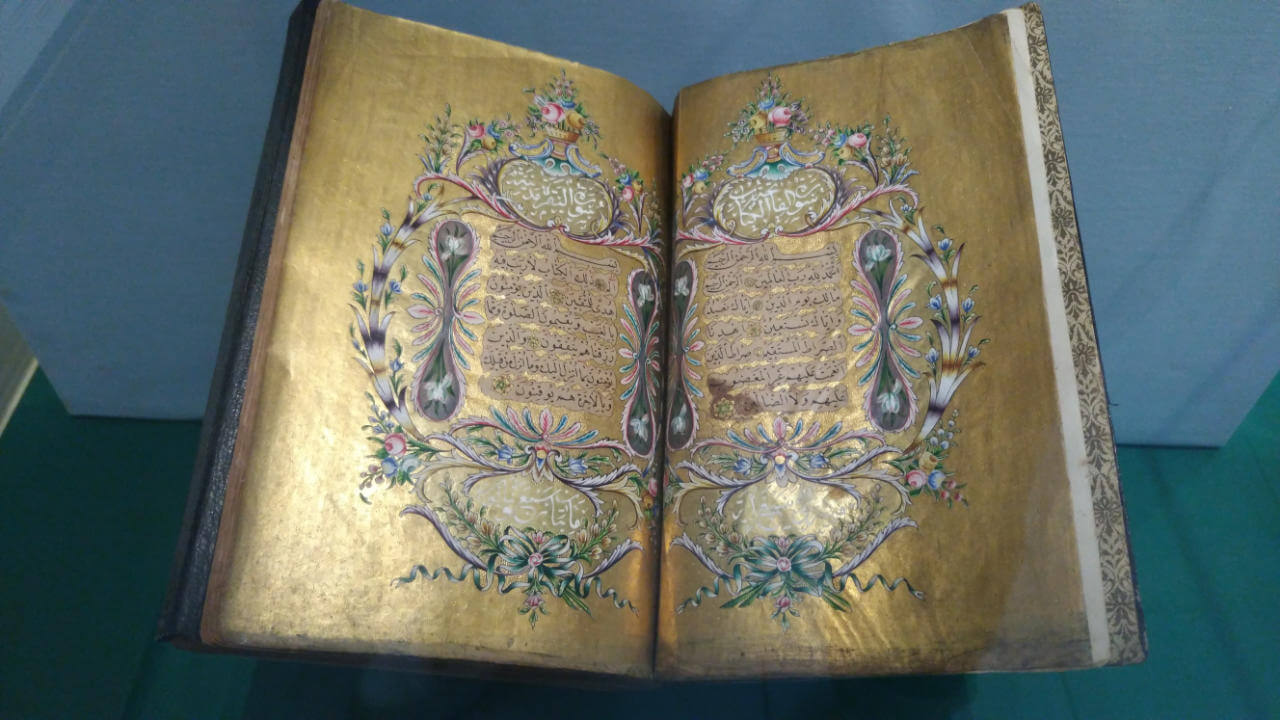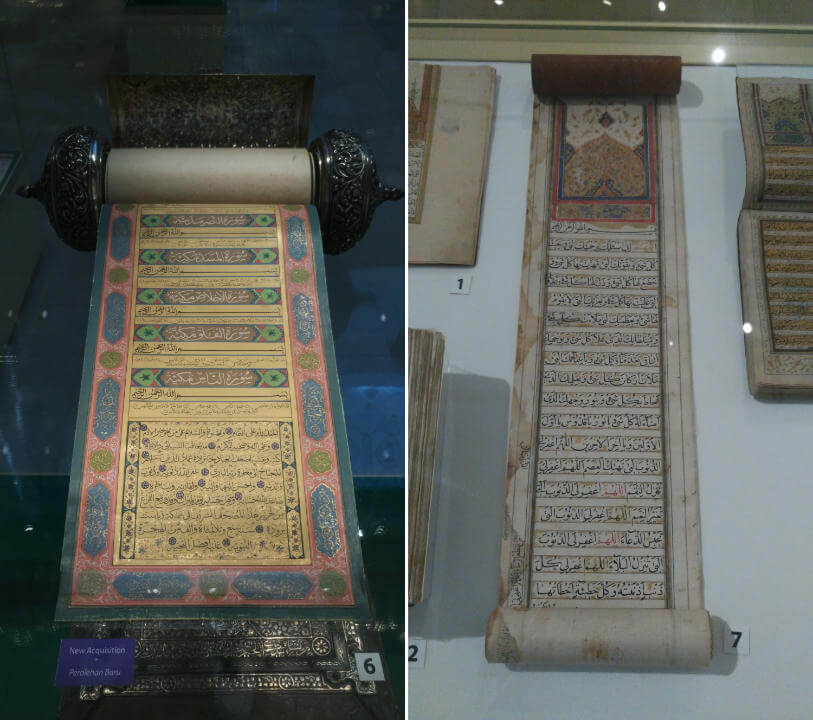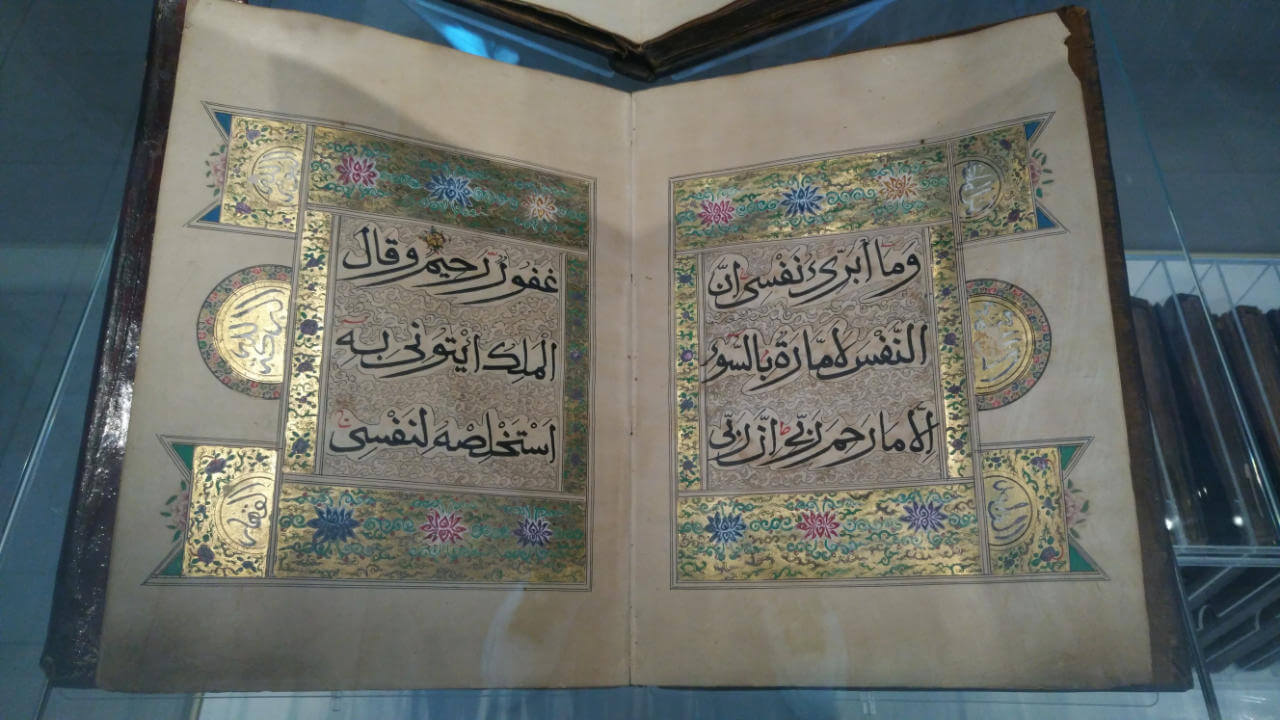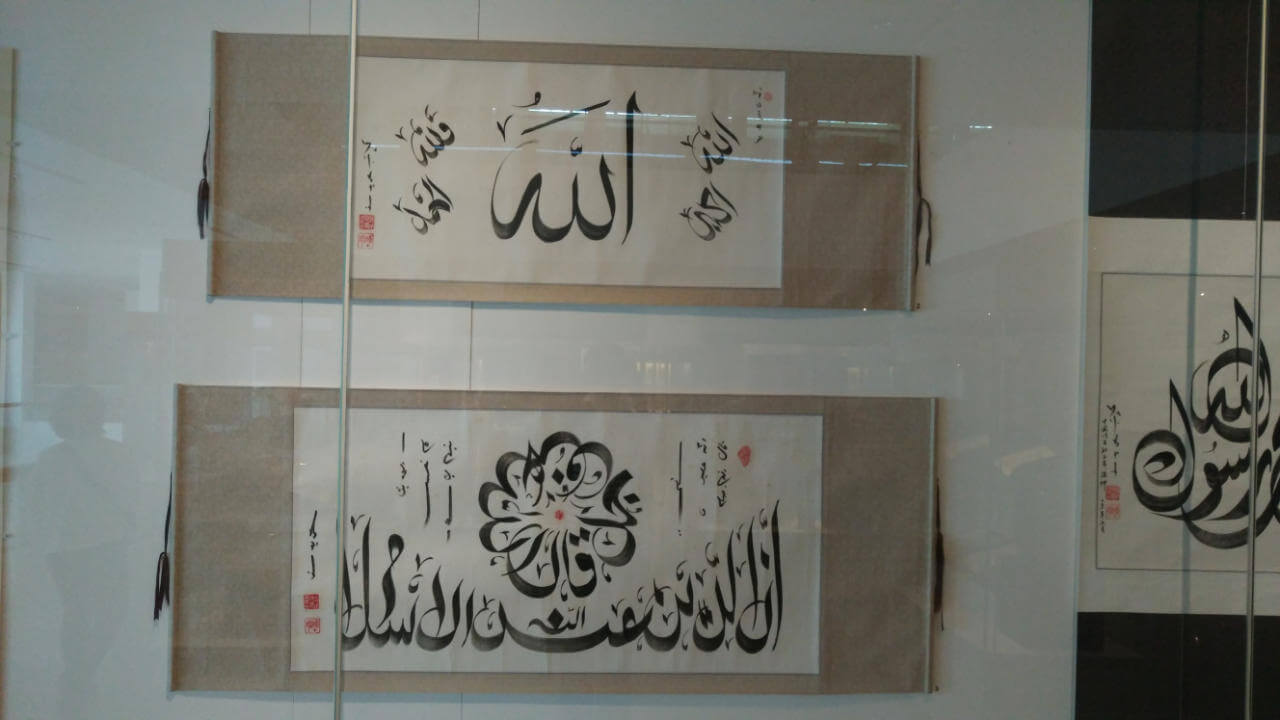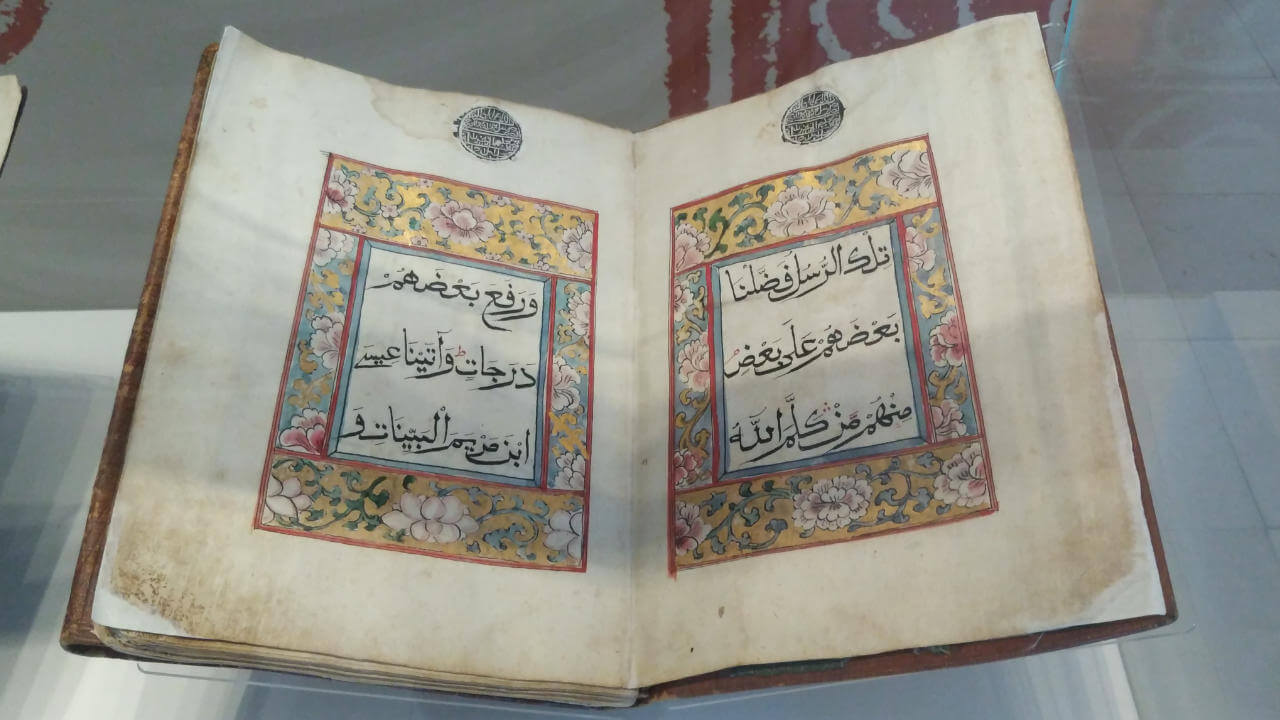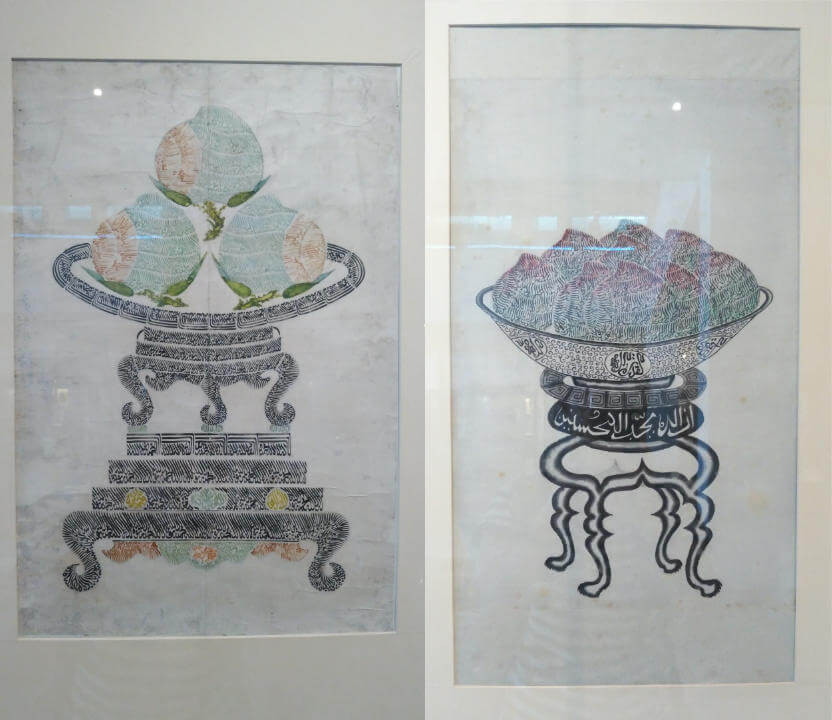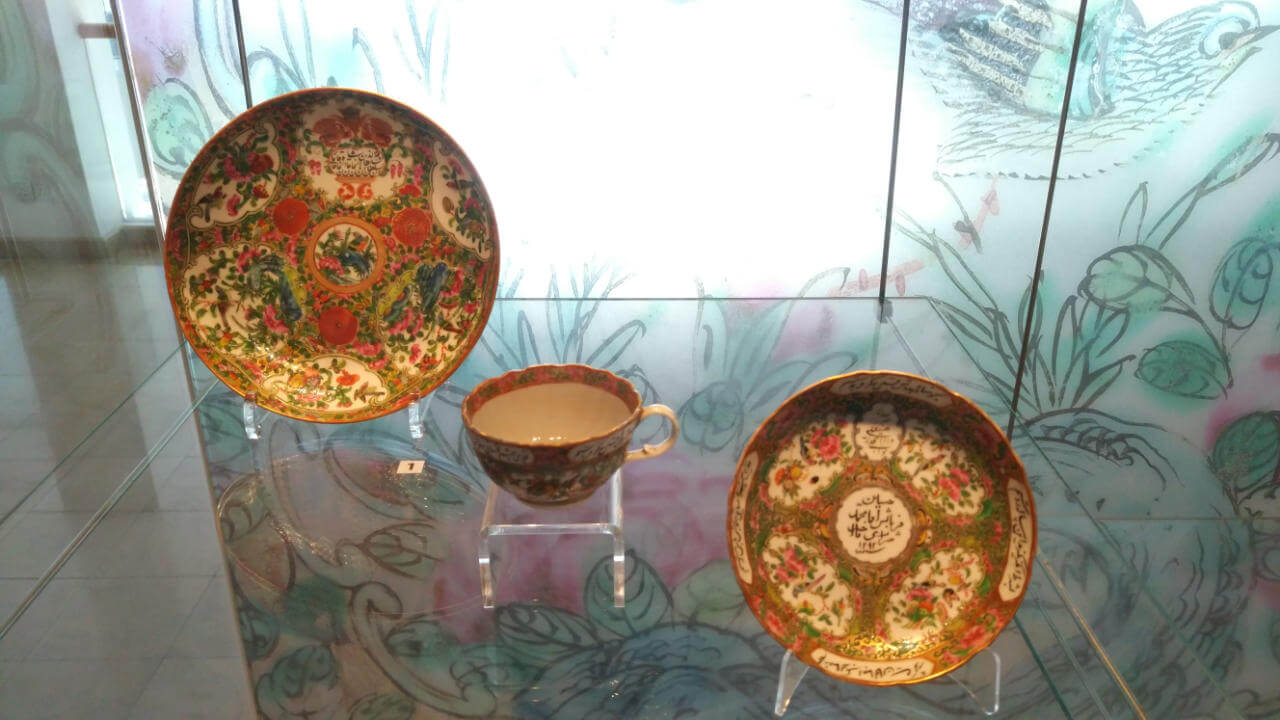Even though I had lived in Kuala Lumpur for about 8 years previously, I had never visited the Islamic Arts Museum before. That was a time of my life before I started really getting into typography. In fact, until my friend, Sareh Heidari, told me about the museum, I didn’t even know it existed. But it’s now one of my favourite museums, and I’m so glad it’s almost in my backyard (almost, sort of).
The temporary exhibition I managed to catch was Al-Tibb: Healing Traditions in Islamic Medical Manuscripts, which really showcased the Islamic Golden Age.
There were manuscripts on a wide range of topics, from anatomy to diet, pharmacy to divination, offering a peek into how medicine and healthcare was a central part of medieval Islamic society.
The permanent exhibitions were excellently curated in my opinion. I spent the most time at the Qur’an & Manuscript Gallery, that highlighted how the Qur’an was integral in promoting literacy throughout the Islamic empire.
There were more than hundreds of Qur’ans on display, each reflecting the budget and geographical location of the patron who commissioned it.
Personally, I think the Arabic script is one of the most artistic scripts in the world, and many works of Islamic calligraphy are on display at the Islamic Art Museum.
My next favourite galleries were the China, India and Malay World galleries, which were situated in the same wing of the museum. These galleries highlighted the different cultures influenced each other, when Islam spread each respective region.
Trade played a big role, not only in the exchange of physical goods, but also ideas, culture and the Arts.
There is a lot more to this museum, with galleries on Architecture, Ceramics, Textiles, just to name a few. The main exhibits cover two floors, while temporary exhibitions are in a separate gallery. If you ever find yourself in Kuala Lumpur, do pay a visit to this museum, you definitely won’t regret it.
